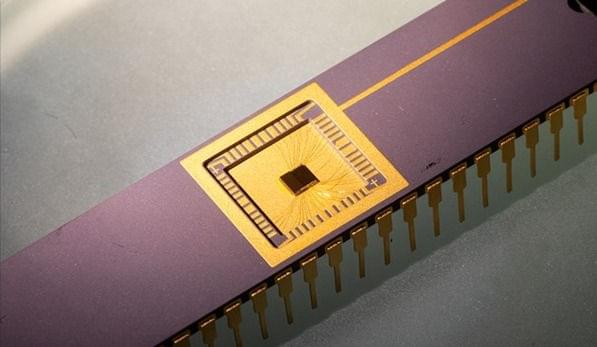As with so much in physics, it has to do with Einstein’s theory of general relativity.
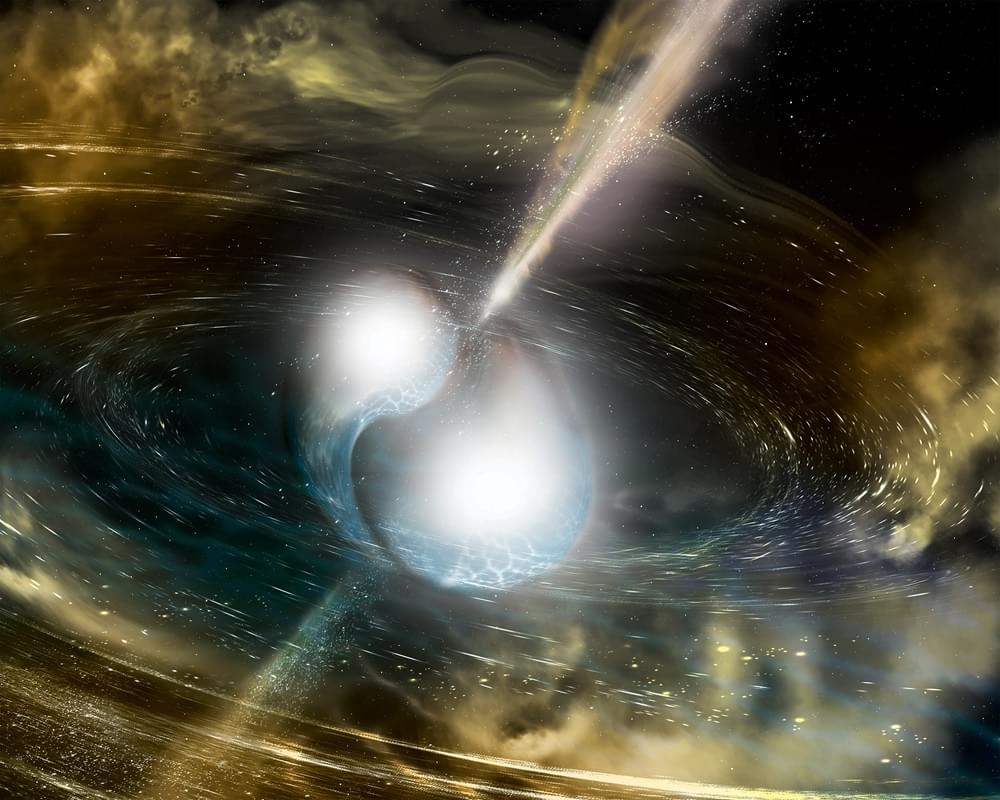

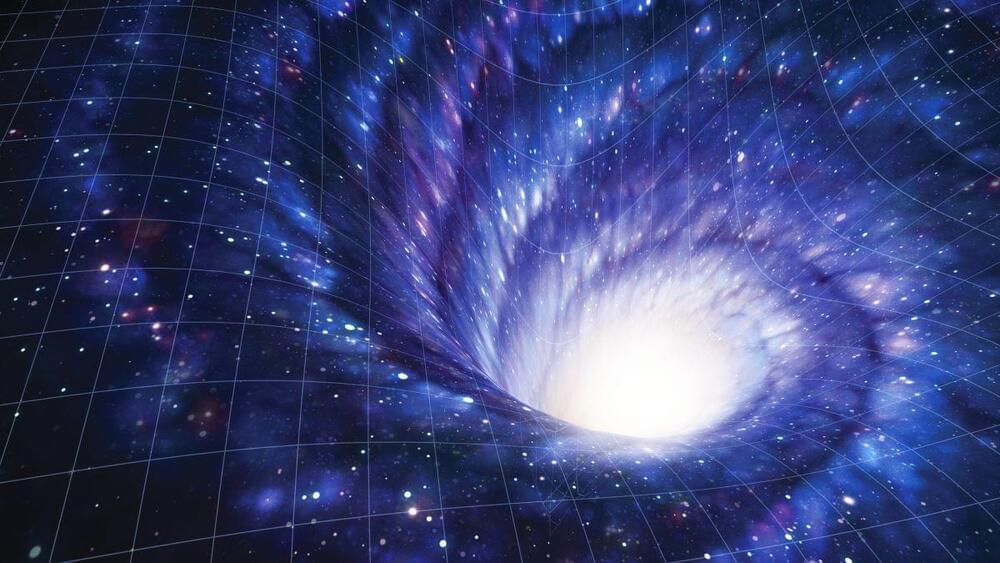
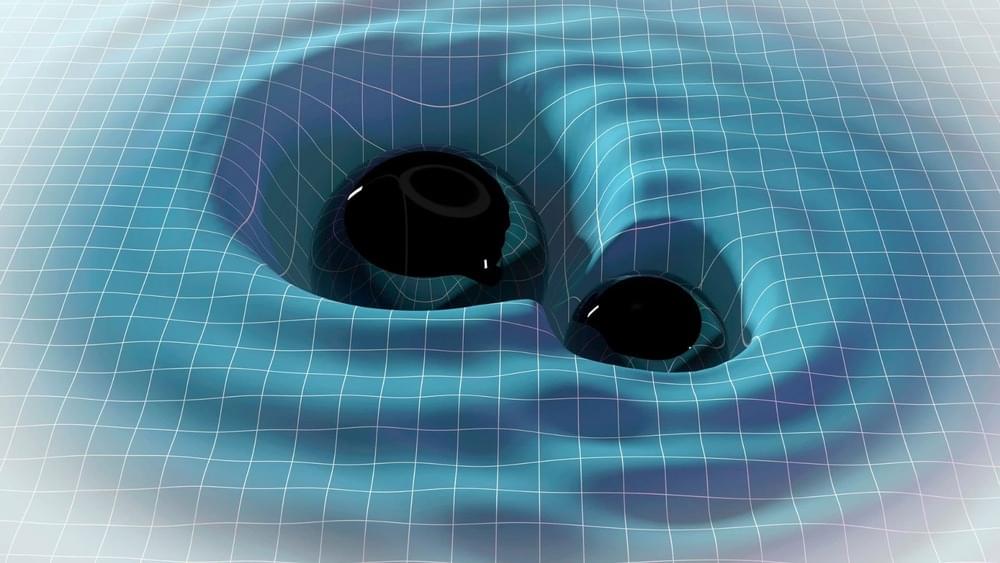
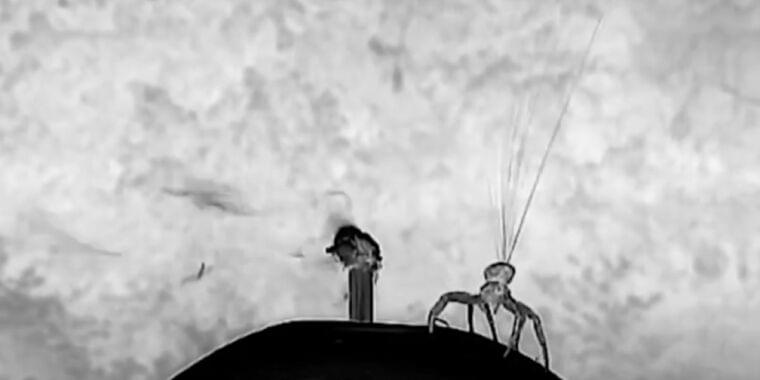
In 1,832, Charles Darwin witnessed hundreds of ballooning spiders landing on the HMS Beagle while some 60 miles offshore. Ballooning is a phenomenon that’s been known since at least the days of Aristotle—and immortalized in E.B. White’s children’s classic Charlotte’s Web—but scientists have only recently made progress in gaining a better understanding of its underlying physics.
Now, physicists have developed a new mathematical model incorporating all the various forces at play as well as the effects of multiple threads, according to a recent paper published in the journal Physical Review E. Authors M. Khalid Jawed (UCLA) and Charbel Habchi (Notre Dame University-Louaize) based their new model on a computer graphics algorithm used to model fur and hair in such blockbuster films as The Hobbit and Planet of the Apes. The work could one day contribute to the design of new types of ballooning sensors for explorations of the atmosphere.
There are competing hypotheses for how ballooning spiders are able to float off into the air. For instance, one proposal posits that, as the air warms with the rising sun, the silk threads the spiders emit to spin their “parachutes” catch the rising convection currents (the updraft) that are caused by thermal gradients. A second hypothesis holds that the threads have a static electric charge that interacts with the weak vertical electric field in the atmosphere.
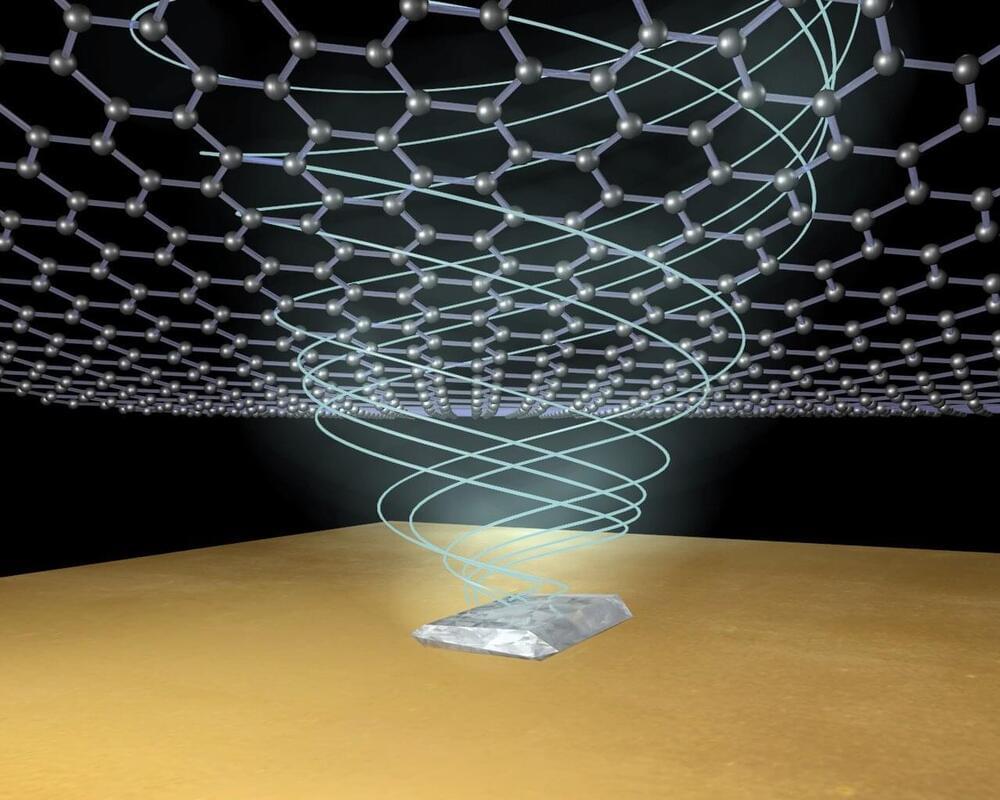
An international team, co-led by researchers at The University of Manchester’s National Graphene Institute (NGI) in the UK and the Penn State College of Engineering in the US, has developed a tunable graphene-based platform that allows for fine control over the interaction between light and matter in the terahertz (THz) spectrum to reveal rare phenomena known as exceptional points. The team published their results today in Science.
The work could advance optoelectronic technologies to better generate, control and sense light and potentially communications, according to the researchers. They demonstrated a way to control THz waves, which exist at frequencies between those of microwaves and infrared waves. The feat could contribute to the development of ‘beyond-5G’ wireless technology for high-speed communication networks.

Using a “laser pincer,” scientists can generate their own antimatter, simulations show.
An international team of physicists have come up with a way to generate antimatter in the lab, allowing them to recreate conditions that are similar to those near a neutron star.
This setup, at Helmholtz-Zentrum Dresden-Rossendorf (HZDR) research laboratory in Germany, involves two high-intensity laser beams that can generate a jet of antimatter, as outlined in a paper published earlier this summer in the journal Communications Physics. That could make antimatter-based research far more accessible for scientists around the world.
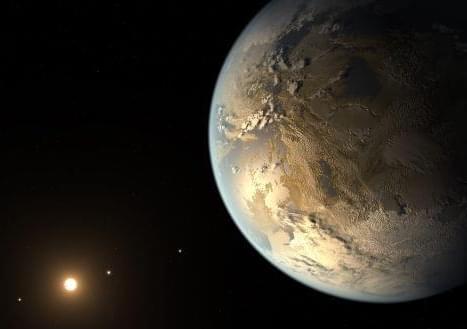
NASA’s Kepler space telescope has spotted a Jupiter look-alike in a new discovery, even though the instrument stopped operations four years ago.
An international team of astrophysicists using NASA’s Kepler space telescope, which ceased operations in 2018, have discovered an exoplanet similar to Jupiter located 17,000 light-years from Earth, making it the farthest exoplanet ever found by Kepler. The exoplanet, officially designated K2-2016-BLG-0005Lb, was spotted in data captured by Kepler in 2016. Throughout its lifetime, Kepler observed over 2,700 now-confirmed planets.
So-called energy-based models, which borrow concepts from statistical physics, may lead the way to ‘abstract prediction,’ says Yann LeCun, allowing for a ‘unified world model’ for AI capable of planning.
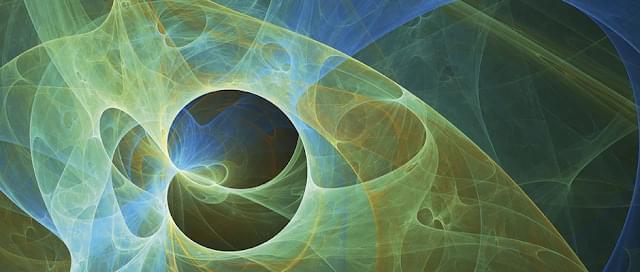
What a time to be alive… We are on the verge of discovering the fifth dimension and it will change everything we know about the Universe.
Scientists are sometimes questioned if they conduct fresh experiments in the lab or continue to repeat previous ones for which they have certain outcomes. While most scientists undertake the former, scientific advancement also relies on conducting the latter and validating whether what we think we know remains true in light of fresh knowledge.
